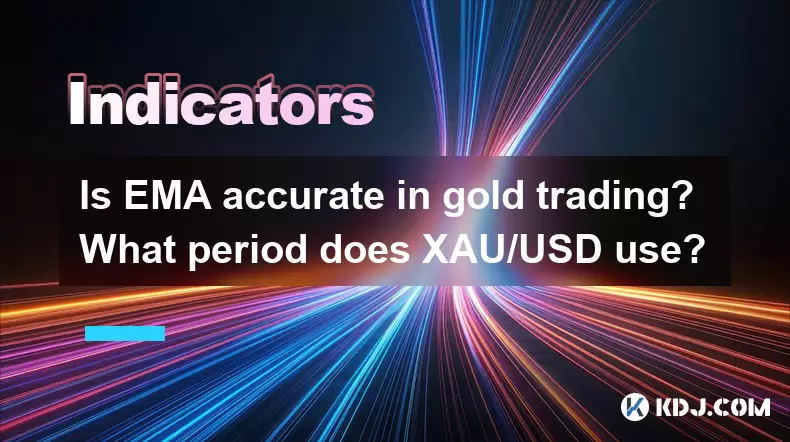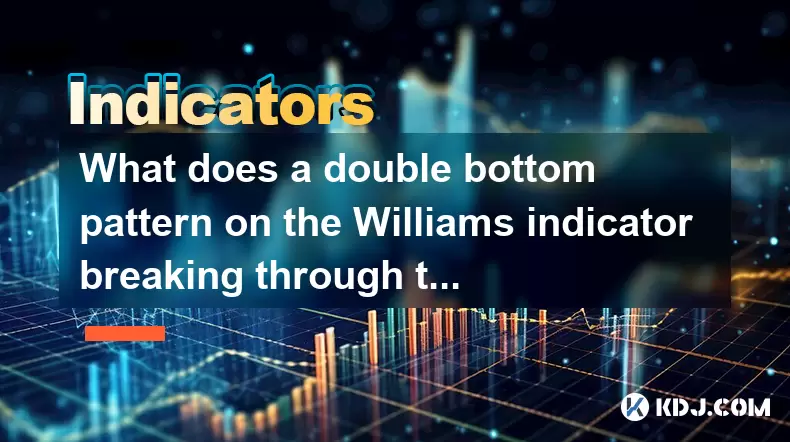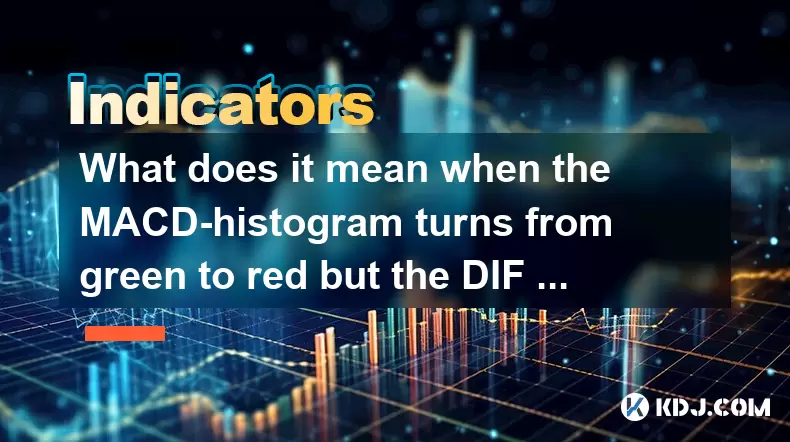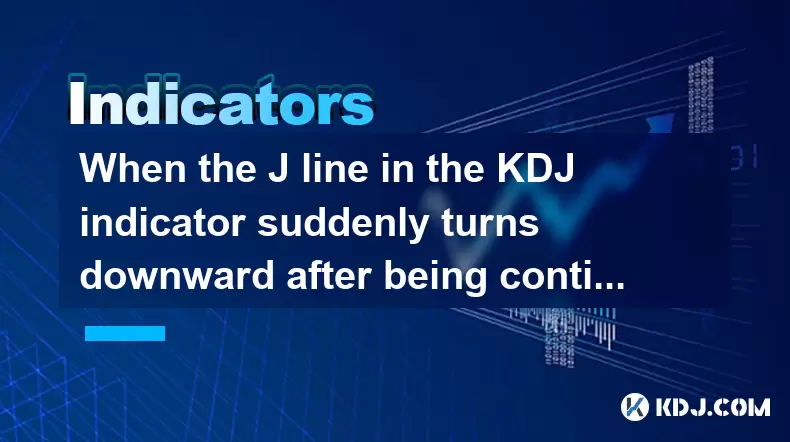-
 Bitcoin
Bitcoin $116400
-0.36% -
 Ethereum
Ethereum $4033
3.40% -
 XRP
XRP $3.302
-1.26% -
 Tether USDt
Tether USDt $1.000
-0.02% -
 BNB
BNB $796.1
1.67% -
 Solana
Solana $177.8
1.89% -
 USDC
USDC $0.9999
0.00% -
 Dogecoin
Dogecoin $0.2314
4.09% -
 TRON
TRON $0.3381
0.14% -
 Cardano
Cardano $0.7989
1.22% -
 Stellar
Stellar $0.4496
-1.84% -
 Chainlink
Chainlink $20.42
9.42% -
 Hyperliquid
Hyperliquid $41.17
0.88% -
 Sui
Sui $3.914
3.77% -
 Bitcoin Cash
Bitcoin Cash $584.7
1.52% -
 Hedera
Hedera $0.2632
-0.54% -
 Avalanche
Avalanche $24.09
3.40% -
 Ethena USDe
Ethena USDe $1.001
-0.02% -
 Litecoin
Litecoin $123.2
1.33% -
 Toncoin
Toncoin $3.318
-0.04% -
 UNUS SED LEO
UNUS SED LEO $8.984
-0.05% -
 Shiba Inu
Shiba Inu $0.00001323
2.85% -
 Uniswap
Uniswap $10.90
4.41% -
 Polkadot
Polkadot $3.999
3.34% -
 Dai
Dai $1.000
0.01% -
 Cronos
Cronos $0.1630
9.64% -
 Bitget Token
Bitget Token $4.484
0.82% -
 Monero
Monero $272.4
2.44% -
 Pepe
Pepe $0.00001173
6.03% -
 Aave
Aave $290.8
2.88%
Is EMA accurate in gold trading? What period does XAU/USD use?
EMA's accuracy in gold trading depends on period choice and strategy; common periods for XAU/USD are 5, 10, 20, and 50. Combine with RSI or MACD for better signals.
May 21, 2025 at 01:56 pm

Is EMA Accurate in Gold Trading? What Period Does XAU/USD Use?
The use of the Exponential Moving Average (EMA) in trading, particularly for gold (XAU/USD), is a topic that garners significant attention among traders. This article delves into the accuracy of the EMA in gold trading, explores the preferred EMA periods for XAU/USD, and provides insights into how traders can effectively utilize this technical indicator.
Understanding EMA and Its Relevance in Gold Trading
The Exponential Moving Average (EMA) is a type of moving average that places a greater weight and significance on the most recent data points. Unlike the Simple Moving Average (SMA), which assigns equal weighting to all values, the EMA reacts more quickly to price changes. This characteristic makes it particularly useful for traders looking to capitalize on short-term trends.
In the context of gold trading, the EMA can be a valuable tool for identifying trends and potential entry and exit points. Gold, represented as XAU/USD, is a highly volatile asset, and the EMA's ability to quickly adapt to price movements can help traders make more informed decisions.
Accuracy of EMA in Gold Trading
The accuracy of the EMA in gold trading depends on several factors, including the chosen period and the trader's strategy. While no indicator can predict market movements with absolute certainty, the EMA can offer reliable signals when used correctly.
One of the key advantages of using the EMA in gold trading is its responsiveness to price changes. This can be particularly beneficial in the fast-moving gold market, where prices can fluctuate rapidly. By focusing on recent data, the EMA can help traders identify emerging trends more quickly than other moving averages.
However, the accuracy of the EMA also depends on the trader's ability to interpret the signals correctly. False signals can occur, especially in choppy markets, and it's crucial for traders to use additional technical indicators and analysis to confirm EMA signals.
Preferred EMA Periods for XAU/USD
When it comes to choosing the right EMA period for XAU/USD, traders often experiment with different time frames to find what works best for their strategy. Some commonly used EMA periods in gold trading include:
- 5-period EMA: This short-term EMA is often used by day traders to identify quick trends and potential entry points.
- 10-period EMA: A slightly longer-term EMA that can help traders capture short to medium-term trends in the gold market.
- 20-period EMA: A popular choice among swing traders, the 20-period EMA can provide a balance between responsiveness and smoothing out short-term fluctuations.
- 50-period EMA: Often used by traders looking to identify longer-term trends in the gold market.
The choice of EMA period depends on the trader's time horizon and trading style. Shorter periods like the 5-period EMA are more responsive but can produce more false signals, while longer periods like the 50-period EMA are smoother but may lag behind price movements.
How to Apply EMA in Gold Trading
To effectively use the EMA in gold trading, traders should follow these steps:
- Select the appropriate EMA period: Based on your trading style, choose an EMA period that aligns with your strategy. For example, if you are a day trader, you might opt for a 5-period or 10-period EMA.
- Add the EMA to your chart: Most trading platforms allow you to easily add the EMA to your chart. Simply select the desired period and apply it to your XAU/USD chart.
- Identify trends: Use the EMA to identify the direction of the trend. If the price is above the EMA, it suggests an uptrend, while a price below the EMA indicates a downtrend.
- Look for crossovers: Pay attention to crossovers between the price and the EMA, as well as crossovers between different EMAs. For example, a crossover of the 5-period EMA above the 20-period EMA can signal a potential bullish trend.
- Confirm with other indicators: To increase the accuracy of your EMA signals, use additional technical indicators such as the Relative Strength Index (RSI) or the Moving Average Convergence Divergence (MACD) to confirm trends and potential entry points.
Combining EMA with Other Indicators
While the EMA can be a powerful tool on its own, combining it with other technical indicators can enhance its effectiveness in gold trading. Some popular combinations include:
- EMA and RSI: The Relative Strength Index (RSI) can help traders identify overbought and oversold conditions. When used in conjunction with the EMA, it can provide additional confirmation of potential trend reversals.
- EMA and MACD: The Moving Average Convergence Divergence (MACD) is another momentum indicator that can complement the EMA. Traders can use the MACD to confirm EMA signals and identify potential entry and exit points.
- EMA and Bollinger Bands: Bollinger Bands can help traders assess volatility and potential price breakouts. When combined with the EMA, they can provide a more comprehensive view of the market.
Practical Example of Using EMA in Gold Trading
To illustrate how the EMA can be used in gold trading, consider the following scenario:
- Setup: You are a swing trader focusing on XAU/USD, and you have decided to use a 20-period EMA to identify trends.
- Observation: You notice that the price of gold has been consistently trading above the 20-period EMA, indicating a strong uptrend.
- Signal: The price of gold briefly dips below the 20-period EMA but quickly rebounds, suggesting a potential buying opportunity.
- Confirmation: You check the RSI, which is not in overbought territory, confirming the bullish signal from the EMA.
- Action: You enter a long position on XAU/USD, setting a stop-loss below the recent low and a take-profit at a resistance level identified through technical analysis.
Common Pitfalls and How to Avoid Them
While the EMA can be a valuable tool in gold trading, there are some common pitfalls that traders should be aware of:
- Over-reliance on a single indicator: Relying solely on the EMA without confirming signals with other indicators can lead to false signals and potential losses. Always use multiple indicators to validate your trading decisions.
- Ignoring market context: The EMA should be used in conjunction with an understanding of the broader market context. Factors such as economic news, geopolitical events, and overall market sentiment can significantly impact gold prices.
- Failing to adjust the EMA period: Different market conditions may require adjustments to the EMA period. What works well in a trending market may not be as effective in a ranging market. Be flexible and willing to adapt your strategy as needed.
Frequently Asked Questions
Q: Can the EMA be used effectively in all market conditions for gold trading?
A: The effectiveness of the EMA in gold trading can vary depending on market conditions. In trending markets, the EMA can be particularly useful for identifying and riding trends. However, in choppy or ranging markets, the EMA may produce more false signals. Traders should be aware of the current market environment and adjust their strategies accordingly.
Q: How can I determine the best EMA period for my gold trading strategy?
A: Determining the best EMA period for your gold trading strategy involves experimentation and backtesting. Start by selecting a few different EMA periods that align with your trading style and time horizon. Use historical data to backtest these periods and see which one provides the most reliable signals for your strategy. Be prepared to adjust your chosen period as market conditions change.
Q: Is it better to use the EMA alone or in combination with other indicators for gold trading?
A: While the EMA can be used effectively on its own, combining it with other indicators can enhance its reliability and provide more robust trading signals. Using indicators like the RSI, MACD, or Bollinger Bands in conjunction with the EMA can help confirm trends and potential entry and exit points, reducing the risk of false signals.
Q: How frequently should I check the EMA for gold trading?
A: The frequency of checking the EMA depends on your trading style and the chosen EMA period. For short-term traders using a 5-period or 10-period EMA, frequent monitoring may be necessary to capitalize on quick price movements. Longer-term traders using a 20-period or 50-period EMA may check the indicator less frequently, focusing on broader trends. Always consider your overall trading strategy when deciding how often to review the EMA.
Disclaimer:info@kdj.com
The information provided is not trading advice. kdj.com does not assume any responsibility for any investments made based on the information provided in this article. Cryptocurrencies are highly volatile and it is highly recommended that you invest with caution after thorough research!
If you believe that the content used on this website infringes your copyright, please contact us immediately (info@kdj.com) and we will delete it promptly.
- Moat Stocks & Mega-Cap Momentum: July's Standout Performance
- 2025-08-09 12:30:12
- Injective (INJ) Eyes $15.39 Breakout Amidst Explosive Network Growth
- 2025-08-09 12:30:12
- HAT Token Mania: Price Surges, Crypto Auctions, and Meme Coin Mayhem
- 2025-08-09 11:10:11
- Undervalued Cryptos Primed for a 2025 Takeoff: MAGACOIN, TRX, and SUI Lead the Pack
- 2025-08-09 11:10:11
- Bitcoin Goes to Harvard: Ivy League Embraces Digital Assets
- 2025-08-09 10:50:12
- Bitcoin, BlockDAG, and Toncoin: Decoding the Crypto Buzz in NYC
- 2025-08-09 11:30:11
Related knowledge

What does it mean when the Triple Moving Average (TRIX) turns downward but the price doesn't fall?
Aug 09,2025 at 12:42pm
Understanding the Triple Moving Average (TRIX) IndicatorThe Triple Moving Average, commonly known as TRIX, is a momentum oscillator designed to filter...

What does it mean when the Williams' oscillator repeatedly hits bottoms but fails to rebound?
Aug 09,2025 at 09:28am
Understanding the Williams %R OscillatorThe Williams %R oscillator, developed by Larry Williams, is a momentum indicator used in technical analysis to...

What does a double bottom pattern on the Williams indicator breaking through the 50-day midline indicate?
Aug 09,2025 at 10:56am
Understanding the Williams %R IndicatorThe Williams %R indicator, developed by Larry Williams, is a momentum oscillator that measures overbought and o...

What does it mean when the MACD-histogram turns from green to red but the DIF line fails to form a golden cross?
Aug 09,2025 at 10:15am
Understanding the MACD and Its ComponentsThe MACD (Moving Average Convergence Divergence) is a widely used technical analysis tool in the cryptocurren...

When the J line in the KDJ indicator suddenly turns downward after being continuously overbought, does it indicate a top?
Aug 09,2025 at 06:35am
Understanding the KDJ Indicator and Its ComponentsThe KDJ indicator is a momentum oscillator widely used in cryptocurrency technical analysis to ident...

What does it mean when the TRIX indicator suddenly diverges downward after a long period of convergence?
Aug 09,2025 at 12:56am
Understanding the TRIX Indicator in Cryptocurrency TradingThe TRIX indicator, or Triple Exponential Average, is a momentum oscillator used in technica...

What does it mean when the Triple Moving Average (TRIX) turns downward but the price doesn't fall?
Aug 09,2025 at 12:42pm
Understanding the Triple Moving Average (TRIX) IndicatorThe Triple Moving Average, commonly known as TRIX, is a momentum oscillator designed to filter...

What does it mean when the Williams' oscillator repeatedly hits bottoms but fails to rebound?
Aug 09,2025 at 09:28am
Understanding the Williams %R OscillatorThe Williams %R oscillator, developed by Larry Williams, is a momentum indicator used in technical analysis to...

What does a double bottom pattern on the Williams indicator breaking through the 50-day midline indicate?
Aug 09,2025 at 10:56am
Understanding the Williams %R IndicatorThe Williams %R indicator, developed by Larry Williams, is a momentum oscillator that measures overbought and o...

What does it mean when the MACD-histogram turns from green to red but the DIF line fails to form a golden cross?
Aug 09,2025 at 10:15am
Understanding the MACD and Its ComponentsThe MACD (Moving Average Convergence Divergence) is a widely used technical analysis tool in the cryptocurren...

When the J line in the KDJ indicator suddenly turns downward after being continuously overbought, does it indicate a top?
Aug 09,2025 at 06:35am
Understanding the KDJ Indicator and Its ComponentsThe KDJ indicator is a momentum oscillator widely used in cryptocurrency technical analysis to ident...

What does it mean when the TRIX indicator suddenly diverges downward after a long period of convergence?
Aug 09,2025 at 12:56am
Understanding the TRIX Indicator in Cryptocurrency TradingThe TRIX indicator, or Triple Exponential Average, is a momentum oscillator used in technica...
See all articles

























































































